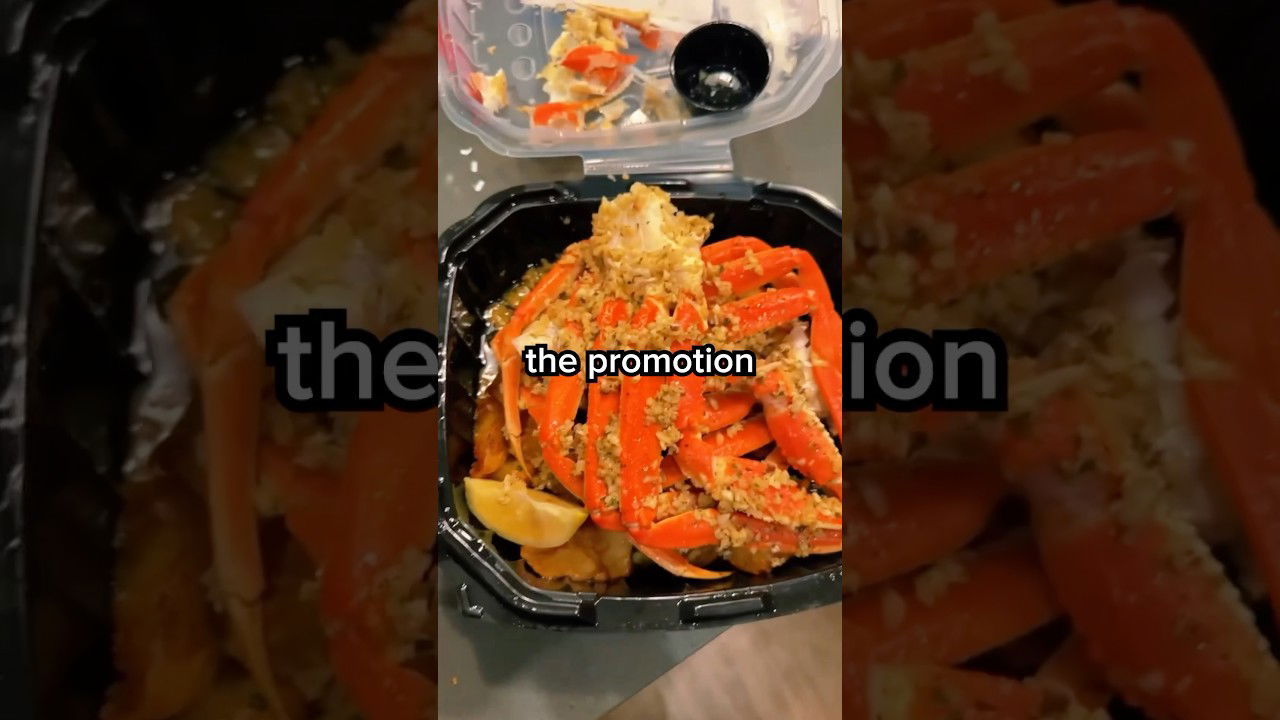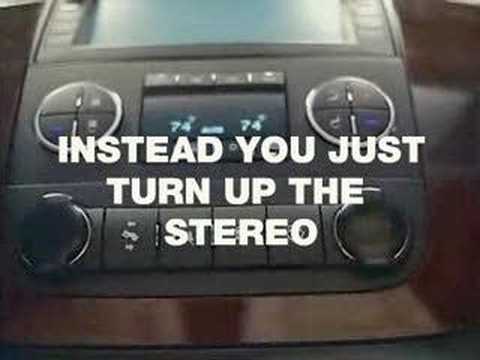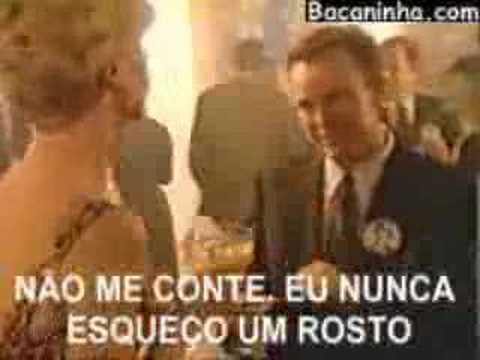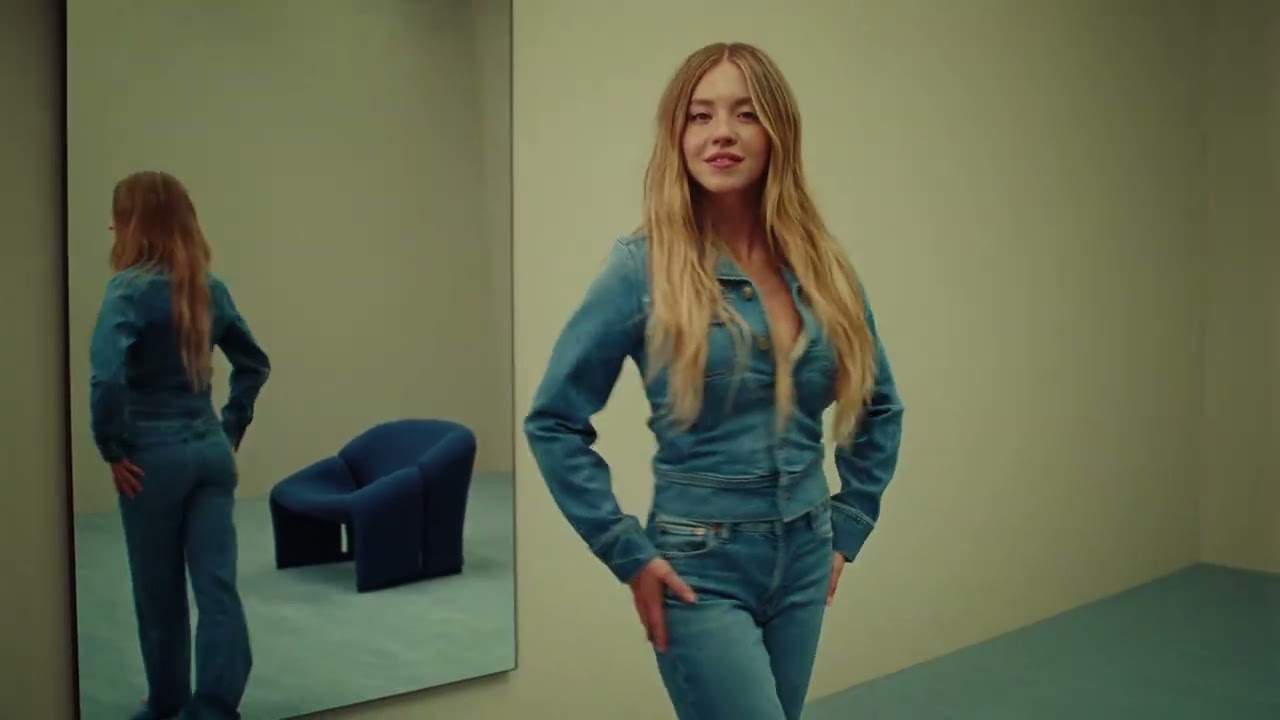When brands attempt bold marketing, they sometimes get it very wrong. Marketing campaign disasters often leave companies scrambling through confusion, loss, and outrage. In this article, I walk you through sixteen famous launches that went spectacularly off track.
1. Hoover’s Free Flight Promotion

In the 1990s, Hoover in the UK ran a vacuum cleaner promotion that seemed too good to be true. Customers could buy a vacuum for one hundred pounds and receive two free round-trip tickets to Europe or the United States. The logic was simple on paper. But airline tickets were worth far more than one hundred pounds. Over two hundred thousand people snapped up the deal after realizing they could get cheap flights by buying a vacuum.
Shoppers poured roughly thirty million pounds into vacuums, many of which they did not even want, just to claim the free flights. But travel costs soared beyond fifty million pounds. Legal fees piled up on top of that. Hoover had to manage a massive demand for a product that was not in high demand in the first place. The British marketing leaders were let go, and Hoover’s UK branch was eventually sold off to an Italian firm, Candy.
2. Sunny Co Clothing’s ‘Pamela’ Swimsuit Giveaway
View this post on Instagram
Sunny Co Clothing launched an Instagram giveaway that turned chaotic fast. They offered a red Baywatch-style swimsuit called the Pamela for free in exchange for a repost and tagging the company. Customers paid only for shipping. The swimsuit usually sells for about sixty-five dollars.
Within a single day, the post went viral with over three hundred thousand likes and thousands of reposts. Sunny Co altered the rules while the campaign was live, but it was too late. Orders flooded in. Some fans were charged the full price instead of just shipping. Frustrated customers accused the company of running a scam. Sunny Co ended up refunding many and fulfilling numerous free orders. The campaign ended up costing far more than they expected.
3. Just For Feet’s 1999 Kenya Super Bowl Ad
In 1999, Just For Feet hoped a bold Super Bowl ad would boost the brand. Instead, it made a public relations nightmare. The ad showed a barefoot Kenyan runner chased by white paramilitary figures. They drugged him and fit him with their shoes. Viewers reacted swiftly and angrily.
The company sued its advertising agency for malpractice. They claimed they had misgivings, but production delays meant the ad ran anyway. They had already spent nine hundred thousand dollars to produce the ad and two million on airtime. To add insult to injury, they ran a contest about how many times the brand appeared in the third quarter. Viewers could not enter zero because the ad ran in the fourth quarter. Fans called it a scam. The backlash was so serious that Just For Feet later filed for bankruptcy.
4. Coca-Cola’s MagiCans Campaign

In 1990, Coca-Cola inserted cash prizes inside soda cans and called them MagiCans. They wanted to surprise buyers with up to five hundred dollars in prizes. To keep the weight balanced, the cans also contained water treated with chemicals like chlorine to prevent drinking. In about one percent of cans, the barrier failed and the liquid contaminated the soda.
An eleven-year-old boy drank from one of those cans, and health officials got involved. Coca-Cola had to issue warning ads not to drink from these prize cans. The campaign looked like a safety hazard, not a surprise treat. They spent four million dollars on the project and pulled it early. Out of seven hundred fifty thousand cans, only about one hundred twenty thousand reached the shelves.
5. Red Lobster’s Endless Crab Promotion
Red Lobster invited customers to enjoy all-you-can-eat snow crab legs in 2003 with their Endless Crab event. Snow crab prices were already high. The brand hoped most guests would only enjoy a few plates, but many indulged in three or more. Red Lobster lost over three point three million dollars in under two months. The campaign failure forced the resignation of company president Edna Morris.
6. American Airlines Lifetime AAirpass

In the early eighties, American Airlines debuted the AAirpass offering unlimited first-class travel for life. The pass cost two hundred fifty thousand dollars or four hundred thousand with a companion, at the time. They expected companies to buy these for executives. Instead, they attracted wealthy individuals. One man named Mike Joyce paid one million dollars for a pass. In one month, he flew round-trip between Chicago and London sixteen times, saving a fortune on fares.
American Airlines started auditing usage to curb abuse. They canceled some passes and faced lawsuits. The program ended by 1994. A 2004 relaunch for three million dollars sold none. The original program cost millions and left a lasting financial strain.
7. Chevy Tahoe’s User-Generated Commercial Tool
In 2006, Chevy invited fans online to create thirty-second Tahoe commercials. Users could overlay text over scenic video. Instead of positive marketing, fans used this tool to mock the brand. Many ads accused Chevy of harming the environment or joked about safety failures. Chevy featured the content on their official site until they realized satire overshadowed sincerity. They pulled the content quickly.
8. World Wildlife Fund’s Tsunami Ad
The World Wildlife Fund aimed to illustrate the scale of the 2004 tsunami by comparing it to the September 11 attacks. The ad showed many airplanes flying toward Manhattan, saying the tsunami killed one hundred times more people. It ran just before the eighth 9/11 anniversary. The image and message came off as disrespectful and tone deaf.
Shockingly, the ad only ran once in a small Brazilian newspaper. It was not meant for public release. The ad was made to win awards. The agency later admitted the campaign should never have been conceived, approved, or run.
9. Barnes and Noble’s Diverse Editions Covers
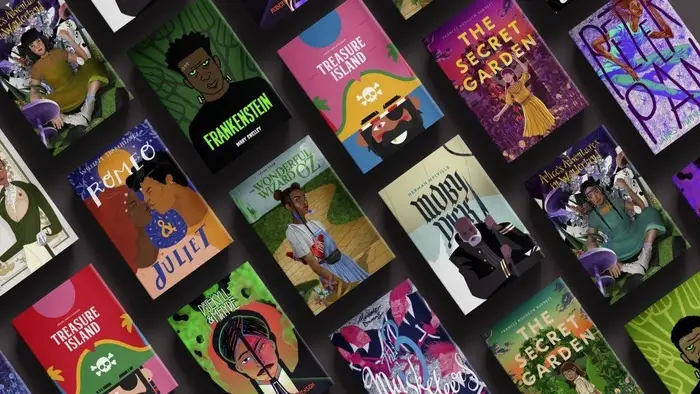
In February 2020, Barnes & Noble announced Diverse Editions for Black History Month. The plan was to reissue classics like Frankenstein and The Wizard of Oz with covers featuring characters of diverse backgrounds. On the book jacket, they promised that now all parents could see themselves in the story.
Writers and readers slammed the idea as fake diversity. Readers said the campaign ignored actual writers of color whose voices deserved a spotlight. Author Nnedi Okorafor wrote that it was not a solution and real stories by people of color were needed. Barnes & Noble pulled the project within one day. They released a statement affirming that the voices of color matter first and foremost.
10. Starbucks #RaceTogether Campaign
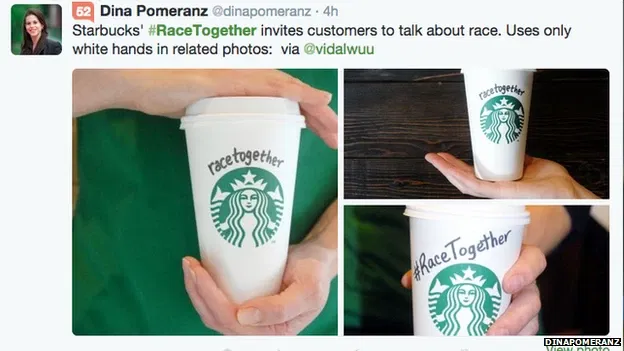
Starbucks initiated the #RaceTogether campaign to spark dialogue on race in America. Baristas were encouraged to write that hashtag on coffee cups and talk with customers. The intention was sincere, but the execution fell flat. Baristas making low wages were expected to initiate difficult conversations mid-rush. The campaign became a joke, and the media quickly followed.
Only two of the nineteen top executives were Black, which underscored a leadership mismatch. The head of communications even deactivated his Twitter account temporarily amid backlash. Despite ridicule, the company stood by the campaign longer than many expected.
11. McDonald’s McAfrika Sandwich

In 2002, McDonald’s launched the McAfrika sandwich in Norway while parts of Africa were in famine, affecting millions. The sandwich used pita bread and claimed African inspiration. Critics compared the product to famine in poor taste. Protesters handed out emergency crackers outside stores. McDonald’s initially posted donation boxes and posters but did not pull the sandwich.
They eventually scrapped expansion plans and said they would consider donating a portion of the proceeds. But damage to reputation remained.
12. Coca-Cola Feel The Curves Campaign
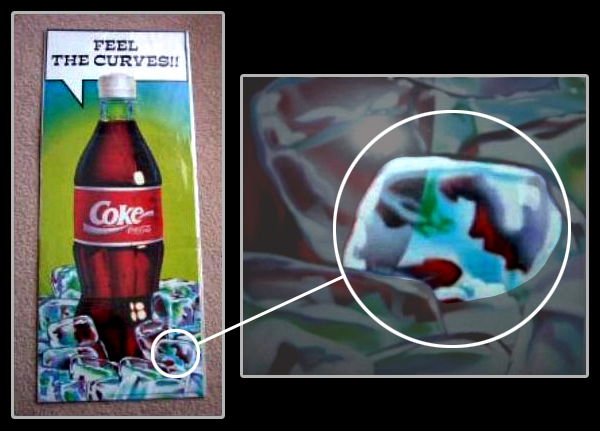
Coca-Cola rolled out a sleek curved glass bottle in the early nineties. They ran a campaign, Feel the Curves, to highlight the design. A designer snuck in a hidden silhouette performing a sexual act on the promotional artwork. By the time people noticed the image on trucks, it had already gone out to many locations.
Coca-Cola spent two hundred thousand dollars and delivered posters to one hundred twenty thousand sites in South Australia. After complaints, they pulled the campaign and absorbed embarrassment.
13. Holiday Inn’s Bob Johnson Ad
Holiday Inn ran a Super Bowl ad in the late 1990s featuring a transgender woman revealed to have been Bob Johnson at a class reunion. The ad flashed price tags next to body parts as punchlines. The joke relied on transgender identity as a shock value.
Viewership and franchisees initially supported it, but public outcry followed. The ad was deeply offensive to the trans community. Holiday Inn pulled it after protests despite the ten million in media exposure they claimed.
14. Peloton’s Controversial Holiday Ad

Peloton released a holiday ad featuring a woman receiving a bike from her husband as a gift. She looked fit already. Some saw the ad as motivational, but others found it tone deaf, implying she needed transformation. A parody video went viral with the woman filing for divorce at the end.
Critics dubbed her the Peloton girl. A year ago, I did not realize how much this would change me, and it felt like it reinforced unhealthy body standards. Peloton defended the campaign, citing positive customer stories, but the damage lingered.
15. American Eagle’s Good Jeans Campaign
In July 2025, American Eagle featured actress Sydney Sweeney in a jeans campaign. The ad used language about genes and physical traits paired with jeans. Some people felt that the focus on hereditary traits and specific looks sent a troubling message about privileging certain racial features. The campaign also raised funds for domestic violence support.
A marketing executive explained that Sydney was asked if she wanted to push it and said that she was game. The post was deleted after backlash. American Eagle later clarified that the campaign was always about the jeans and everyone wearing them with confidence.
16. Jack in the Box’s Suggestive ‘Bowls’ Commercials
In August 2018, Jack in the Box aired a commercial punning on the word bowls in a suggestive way, referencing male anatomy. Their mascot, Jack, praised coworkers for having nice bowls. The ad was set in an office with playful but inappropriate jokes. An inside lawyer character even warned Jack about that language.
Adweek called it one of the most tone deaf ads of the Me Too era. Jack in the Box agency defended it as irreverent and part of their brand voice. Critics said the ad normalized uncomfortable workplace behavior under the guise of humor.
Marketing campaign disasters often share common themes. They usually begin with a bold idea without enough awareness of cultural sensitivity or unintended interpretations. Sometimes, poor timing turns a hopeful initiative into a public relations fiasco. Creative teams may ignore red flags because they want bold ideas. Brands often learn the hard way that sincere intent does not excuse poor execution.
Always think about how audiences may interpret your message through different cultural or social lenses. Test ideas thoroughly. Involve diverse perspectives early. And when mistakes happen, own them quickly and sincerely.


